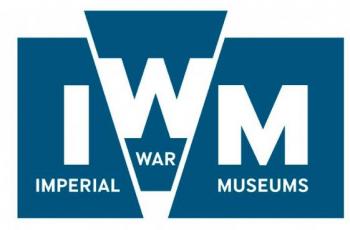Imperial War Museum
The museum was founded in 1917 to house collections of military equipment, uniforms, insignia and art, its original home being Crystal Palace. In 1920 it staged the great Imperial War Museum and Victory Exhibition which lasted until 1924. It then moved to a space in the Imperial Institute in South Kensington, and finally, in 1936 the museum acquired a permanent home which was previously the Bethlem Royal Hospital in Southwark. The museum contains records and illustrations of all aspects of both World Wars, as well as other military operations since 1914 involving Britain and the Commonwealth. Its Department of Art holds the largest collection of war paintings and posters in the country and, in addition to the display of its permanent collection which contains works by many of the country's most distinguished artists, special exhibitions are mounted from time to time.
The 1960's saw the museum redevelop its Southwark site, which serves as the organisation's corporate headquarters. During the 1970's the museum began to expand onto other sites. The first in 1976, was a historic airfield in Cambridgeshire now referred to as IWM Duxford. In 1978 the Royal Navy cruiser HMS Belfast became a branch of the museum and in 1984 the Cabinet War Rooms, an underground wartime command centre, was opened to the public. From the 1980's the Bethlem building underwent a series of redevelopments, completed in 2000. Finally, 2002 saw the opening of IWM North in Trafford, Greater Manchester, the fifth branch of the museum and the first in the north of England. In 2011 the museum re-branded itself as IWM and it again closed for a major refurbishment due for completion mid-2013.
Get Unlimited Access from just £5


